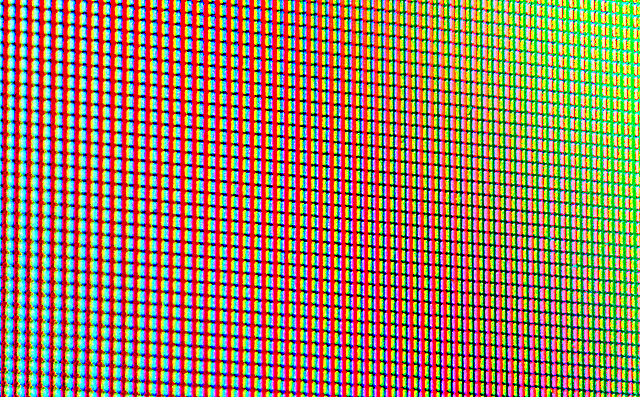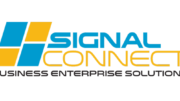This summer will probably be a busy one. We’ve all been locked up for a long time. I think we all hope that the projections hold and that we can all go out safely this summer. Businesses are counting on it.
If you’re a business owner, you’re busy preparing for a flood of traffic. You might be getting that dining room ready to open, polishing up that bar, or spiffing up that hotel. I don’t blame you. The demand will be there and you have to be ready.
A headend: a worthwhile upgrade
A headend system, in case you weren’t clear, is a system that lets you distribute a TV signal to a bunch of TVs easily. All the equipment sits in a closet and a simple wiring system brings multiple channels where you need them. Hotels use them, and so do bars, restaurants, and even commercial buildings. It’s a worthwhile upgrade anytime you have a lot of people with time to spend.
Headends are used for antenna, cable, or satellite TV and there’s a good reason. Yes, we live in a streaming age. There’s no getting around that. But streaming isn’t really a good fit for large groups of people in business settings. First of all it’s very expensive to bring in enough internet capacity to let people stream effectively. Cellular service may not be an option depending on the building’s construction and location. Most importantly, very few streaming services have commercial plans. It’s illegal to stream most stuff in public areas.
The big choice: 720p or 1080i
Generally, headends can be configured to provide HD service at 1280×720 resolution or 1920×1080 resolution. It’s up to you to decided which you would like. It would seem like a no-brainer, and you would have an easy choice. Just pick the higher resolution. But there are some things to think about. You’ll need to learn more or you could choose poorly.
1080i headends are sometimes more expensive
The encoders you’ll need to go up to 1080i resolution are sometimes pricier. Now, I’ll tell you right out that the chips are the same and this is just a case where the manufacturers are squeezing profit out where they can. There isn’t much you can do about that, and you’ll have to accept it. At some point it will all cost the same but that’s a while in the future.
720p headends may be more efficient
Depending on how you put your systems together, it may be possible to put more channels in the same amount of bandwidth by using 720p. This depends on the equipment and is not always a concern. Higher-end headends allow you to fine-tune the bitrate for each channel to make sure you’re making the most out of what you have.
The quality difference might not even be that much
See, it’s not really resolution that determines quality. As I showed here, resolution is only one measure of how good an image looks. Another is bitrate. Bitrate describes the compression level of an image. If it’s too compressed, the image quality will suffer.
Some headends let you control the bitrate of the final signal that they put out. In reality this means that a 1280×720 stream could look better than a 1920×1080 stream if they’re both set to a low bitrate. The 1080i stream would be overcompressed and the 720p stream would be less so.
Will your customers be able to tell the difference?
If you’re running a sports bar with multiple 70″ televisions, your customers will definitely notice the difference in quality. If you’re running a hotel with 32″ televisions in the rooms, chances are they won’t. In the end it’s your decision which to choose based on your own circumstances.
Call Signal Connect for your next facility upgrade
Signal Connect is here to help! Are you looking for a traditional TV system, networking, or even security, telephony, or access? Signal Connect’s commercial specialists will give you the best possible service! Call us now at 888-233-7563 or fill out the form below. We have a team of experts who are ready to provide you with the best personalized service!





